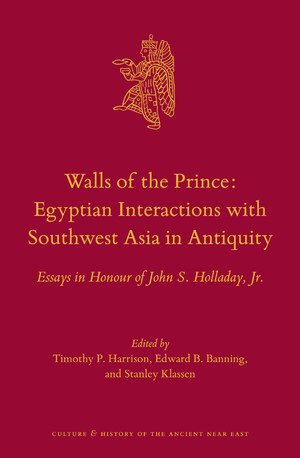First paragraph from the article
Flat-bottomed handmade cooking pots are a signature vessel of the Middle Bronze Age II in the Southern Levant. However, these cooking pots are not just a Levantine phenomenon as they appear further south, beyond the North Sinai, into the Eastern Egyptian Delta, first appearing in this region in the Middle Bronze IIA period. Numerous discussions concerning this vessel type have focused on whether its various morphological attributes are chronological markers during the MB II period, however, there is little consensus among scholars. The handmade cooking pots found in the Delta region are usually deemed ‘Asiatic’ in style with some considered imports from the north (Aston 2002: 46), indicators of a Syro-Palestine pastoral community in the Delta region marking the pre-Hyksos period (Redmount 1995a; 1995b). Unfortunately, these vessels, so common in the early phases of the MBII at so many sites, are seldom discussed in detail.
Publication Editors: Timothy P. Harrison, Edward B. Banning, and Stanley Klassen.
Publication Type
- Article



